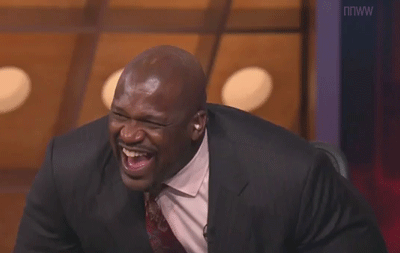TheNetsFan wrote:It can be used in a trade, but can only return a player on an expiring contract, and can't be combined with other salary or cap space.We;d also need an open roster spot to accommodate anyone signed or traded for with the exception.
I'm pretty sure that is incorrect....
How the Disabled Player Exception Works
The Disabled Player Exception is an exception to the salary cap. This means teams far under the cap get zero use from it, especially since exceptions cannot be traded.
Unlike other exceptions, teams must apply for the Disabled Player Exception. That application can only be submitted on or before January 15 and the exception can be used no later than March 10 of that season or when the player returns, whichever happens first.
The Disabled Player Exception allows that injured player to get back on the court. It does not work like an Injured Reserve in some sports where the player cannot return that season even if he recover but the team justifiably cannot use the exception to replace an already-returned player.
The amount of the Disabled Player Exception is the lesser of half the injured player’s salary or the Non-Taxpayer Mid-Level Exception. Technically, teams get an extra $100,000 of wiggle room if they use their DPE to trade for a player but that is pretty much the deal.
If approved, the Disabled Player Exception can only be used on one player. While teams can choose to split some exceptions like the Mid-Levels and Bi-Annual, the DPE cannot go to multiple players. The entire exception expires once used regardless of the replacement player’s salary. This makes sense given the purpose of the exception.
However the Disabled Player Exception is used, that season must be the final season on the new player’s contract. This means no option years or anything of the sort. No remaining years, no exceptions.
Generating a Disabled Player Exception does not reduce the salary of the player in question and has no impact on the luxury tax obligations of a franchise unless used. As an exception, the DPE only functions as a way for teams to add a piece to replace the injured player. The CBA does have a way for teams to apply for cap relief in cases of death and career-ending injury, detailed here.
Teams can use a Disabled Player Exception to sign a free agent, trade for a player or claim someone off waivers as long as they fit the other requirements. This nuance separates the DPE from the MLE and BAE (cannot trade for a player) and trade exceptions (cannot be used to sign a player).
The Disabled Player Exception is year-to-year and teams can apply for multiple seasons with the same player and injury (in some cases). Teams can only apply for the DPE during that league year and it expires before the end of the season, so it makes sense that a franchise can use the same process the following season should the circumstances still apply. When moving from one league year to the next, it can be the same injury or a new one to the same individual.
Teams can actually apply for the Disabled Player Exception multiple times in the same season on the same player under certain circumstances. If a team applies for a DPE and the league rejects it, they can wait 90 days and re-apply for the same player. However, Section 6 (c)(8) states that the new application must be based on “a new injury or an aggravation of the same injury” meaning something new has to actually happen to the player during that time.
Applying for the Disabled Player Exception
The DPE stands out among the CBA exceptions because teams have to apply for it, leading to one of the more interesting processes in the league. As specified by Article VII, Section 6(c)(4), after a submitted application a doctor designated by the NBA evaluates the relevant medical information and the player himself should the doctor want that. Like other medical evaluations, the player in question must participate and be truthful.
The standard for granting the exception specified by Section 6(c)(2) is “any injury or illness that, in the opinion of the physician described in Section 6(c)(4) below, makes it substantially more likely than not that the player would be unable to play through the following June 15.”
If the NBA-appointed doctor determines it is substantially more likely than not the player will be unable to play through the following June 15, the team gets the exception.
However, if the doctor rejects the application for the DPE, the Player’s Association can appeal. If that occurs, the case goes to the “neutral physician” which is a truly great title. At the beginning of each league year, the NBA and NBPA agree on a doctor for this purpose. The neutral physician has the same criteria and their determination is final, binding and unappealable.
The other reason the DPE can get really interesting is the difference in standard and application here. “Substantially more likely than not” does not mean the doctor has ruled the player out conclusively. In fact, the rules governing the exception specifically talk about the player’s potential return that season in 6(c)(6) discussed above.
first line says the exception cant be traded. typicall salary cap exceptions cant be traded... only trade exceptions can be traded



































